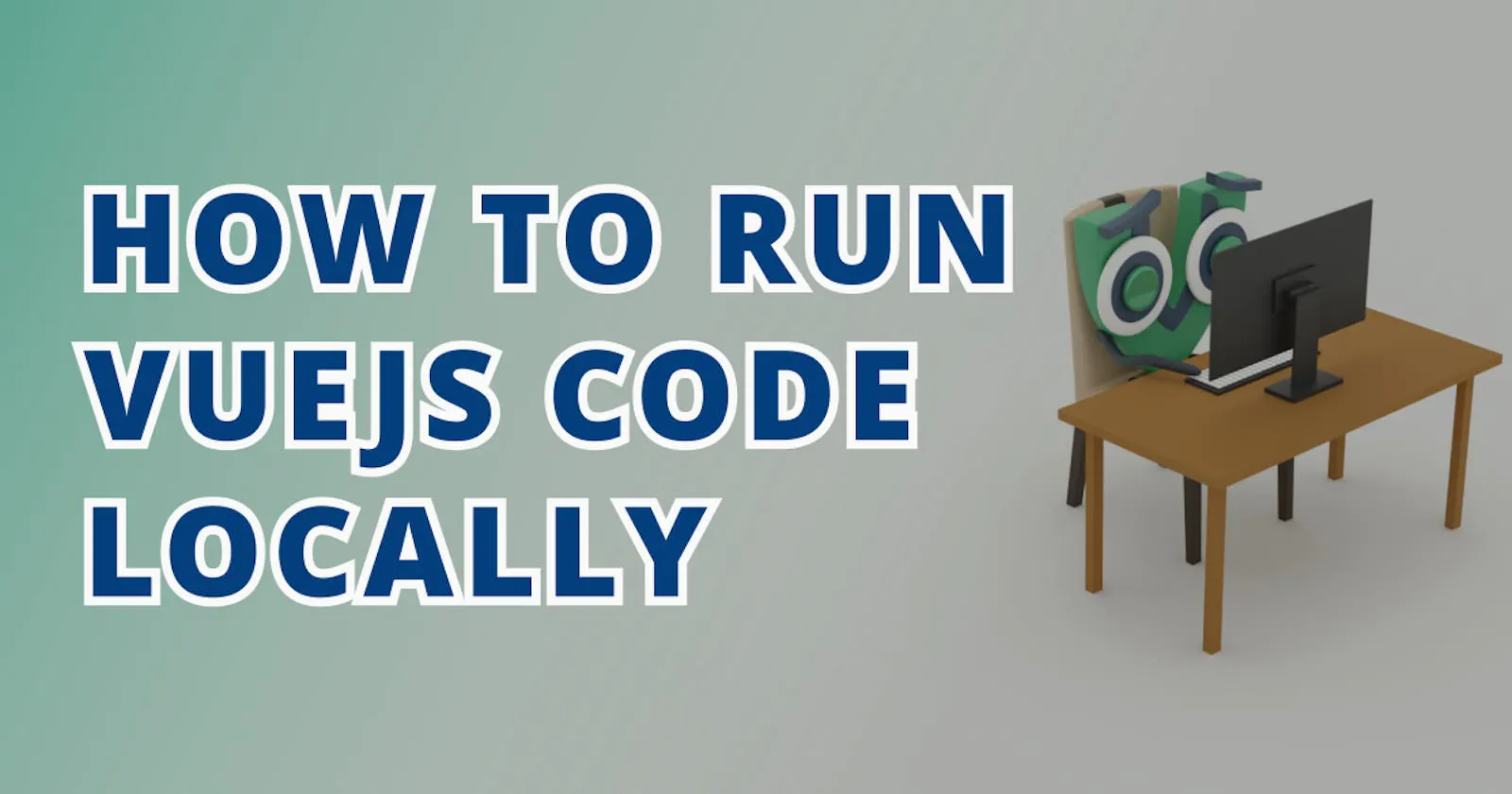Vue Noob
Learning materials and intuitive tutorials for VueJs developers.
SFCs enable us to create sharable plugins, facilitating the sharing of code, a first-class practice in OSS since fixes or features that are pushed to a single codebase can easily be pulled into all dependents.
/vuenoob/template-poster.png)








